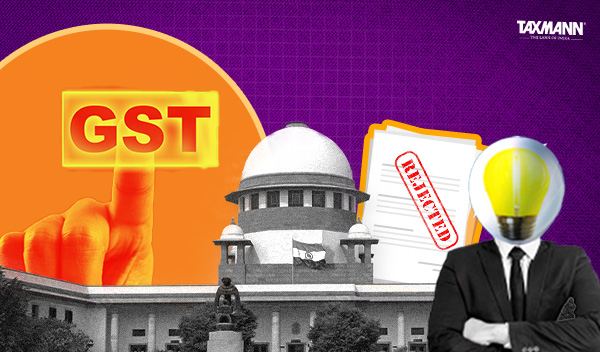HC Stays GST Demand Due to Non-Operational Tribunal
- News|Blog|GST & Customs|
- 2 Min Read
- By Taxmann
- |
- Last Updated on 29 June, 2025

Case Details: Natraj Electro Casting (P.) Ltd. v. Commissioner, CGST & Central Excise (Appeal) - [2025] 175 taxmann.com 465 (Calcutta)
Judiciary and Counsel Details
- Raja Basu Chowdhury, J.
-
Vinay Kumar Shraff, Ms Swarnwarshi Poddar & Dev Kumar Agarwal, Advs. for the Petitioner.
-
Bhaskar Prasad Banerjee & Ms Ekta Sinha, Advs. for the Respondent.
Facts of the Case
The petitioner filed a writ petition challenging an order passed by the appellate authority under Section 107 of the Central Goods and Services Tax Act (CGST Act). The issue arose when the assessee availed transitional input tax credit (ITC) under Section 140 of the CGST Act by submitting a declaration on December 27, 2017. A show-cause notice was issued on August 31, 2022, proposing to disallow the credit that had been claimed. Subsequently, an order was passed by the proper officer, determining that the assessee had wrongly availed a transitional credit which was recoverable under Section 73(1) of the CGST Act.
The petitioner challenged this order in an appeal under Section 107, contending that the liability determined by the proper officer did not match the grounds mentioned in the show-cause notice. Furthermore, despite highlighting this issue before the appellate authority, the authority did not address the concern appropriately.
The petitioner argued that since the Appellate Tribunal under Section 112 of the CGST Act had not been constituted, the writ petition had to be filed as the petitioner had no other remedy to challenge the demand. The petitioner further contended that unless the Court intervened and stayed the demand, the petitioner would suffer irreparable loss and injury. The respondent, representing the Commissioner, argued that the order did not have any irregularities but acknowledged the absence of an Appellate Tribunal.
High Court Held
The High Court, after hearing both sides, concluded that the petitioner had the right to appeal under Section 112, but since the Appellate Tribunal had not been established, it decided to hear the writ petition.
The Court also noted that, under recommendations from the 53rd GST Council meeting, the pre-deposit for appeals was proposed to be reduced to 10%, even though it had not yet been officially notified. Considering the facts, the Court directed that if the petitioner deposited an additional 10% of the disputed amount along with the earlier deposit, the recovery of the demand would remain stayed until further orders.
Disclaimer: The content/information published on the website is only for general information of the user and shall not be construed as legal advice. While the Taxmann has exercised reasonable efforts to ensure the veracity of information/content published, Taxmann shall be under no liability in any manner whatsoever for incorrect information, if any.

Taxmann Publications has a dedicated in-house Research & Editorial Team. This team consists of a team of Chartered Accountants, Company Secretaries, and Lawyers. This team works under the guidance and supervision of editor-in-chief Mr Rakesh Bhargava.
The Research and Editorial Team is responsible for developing reliable and accurate content for the readers. The team follows the six-sigma approach to achieve the benchmark of zero error in its publications and research platforms. The team ensures that the following publication guidelines are thoroughly followed while developing the content:
- The statutory material is obtained only from the authorized and reliable sources
- All the latest developments in the judicial and legislative fields are covered
- Prepare the analytical write-ups on current, controversial, and important issues to help the readers to understand the concept and its implications
- Every content published by Taxmann is complete, accurate and lucid
- All evidence-based statements are supported with proper reference to Section, Circular No., Notification No. or citations
- The golden rules of grammar, style and consistency are thoroughly followed
- Font and size that’s easy to read and remain consistent across all imprint and digital publications are applied



 CA | CS | CMA
CA | CS | CMA
